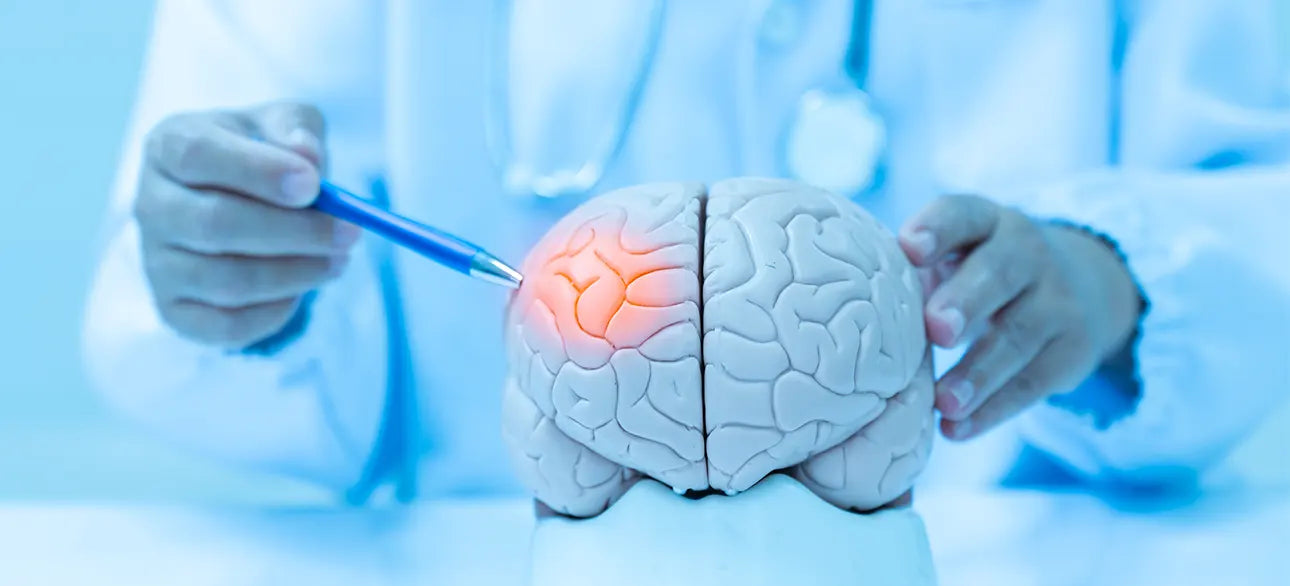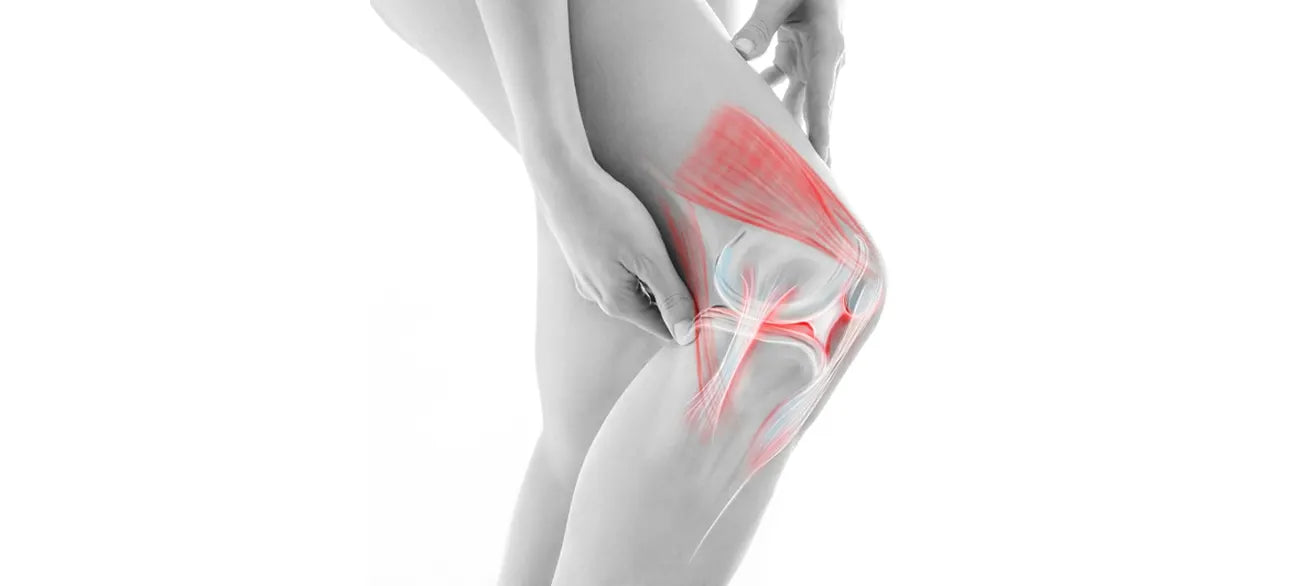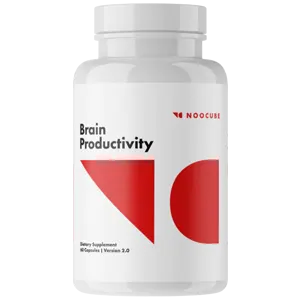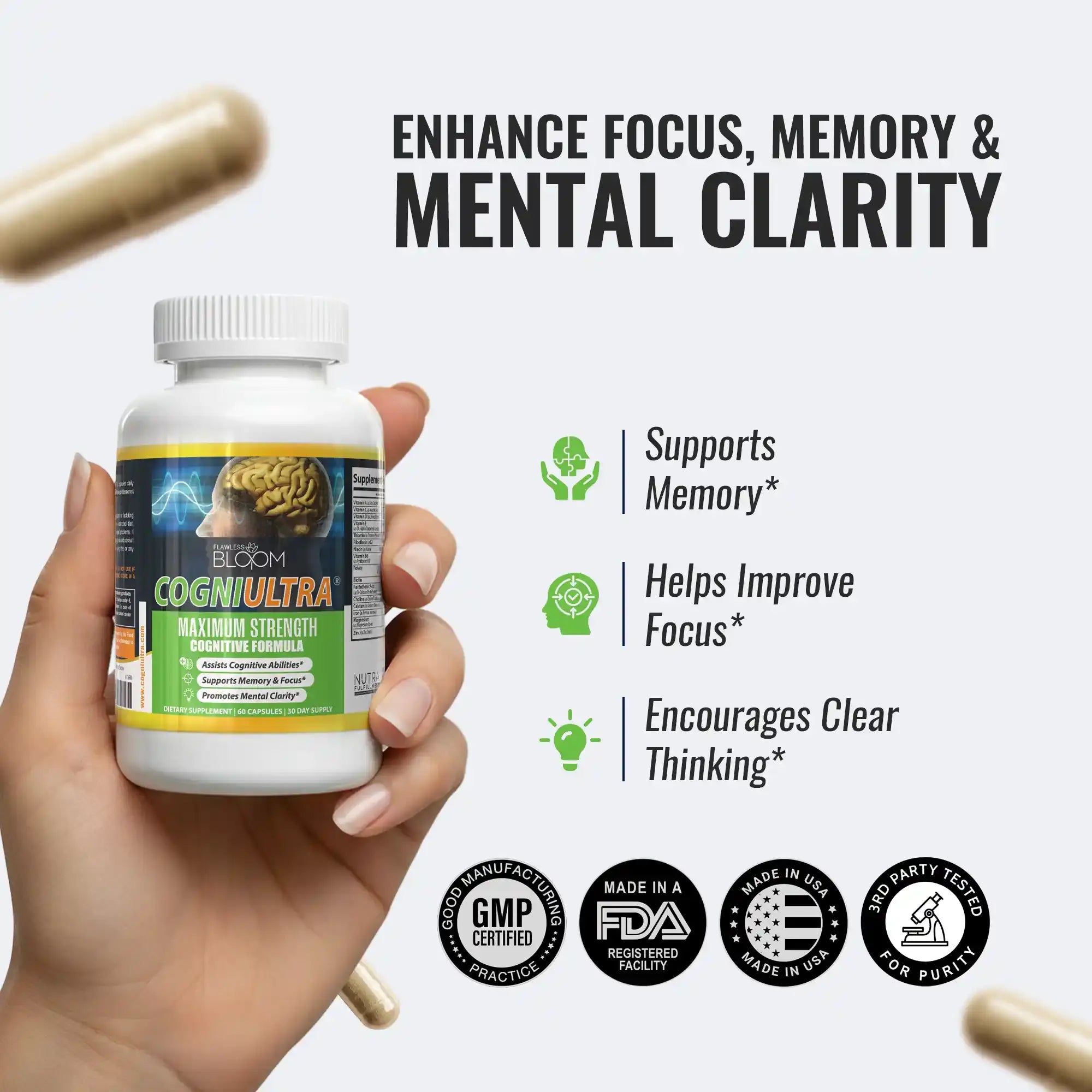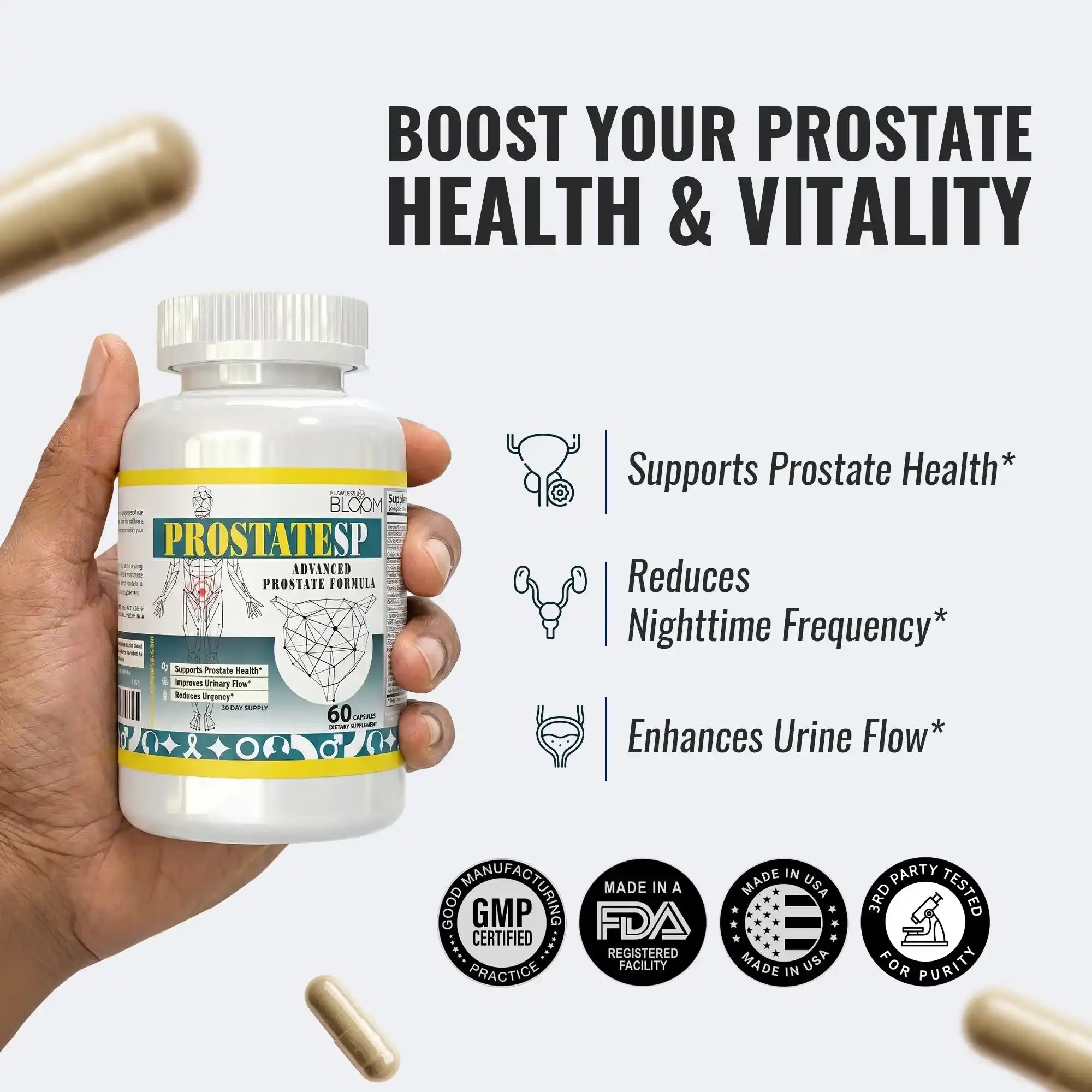What is Seasonal Affective Disorder (SAD)?
Seasonal Affective Disorder (SAD) is a type of depression triggered by seasonal changes, especially in fall and winter. It affects mood, energy, and daily functioning but can be managed with proper care.
Advertiser Disclosure: We independently select all the products. If you click through links we provide, we may earn a commission.

Seasonal Affective Disorder Also known as SAD, seasonal affective disorder is a type of depression that occurs according to seasons. It is sometimes known as seasonal depression or winter depression since it is always more severe in the winter. Sad seasonal affective disorder begins and ends almost at the same time each year.
This also occurs when seasonal changes make an individual experience a shift in the internal biological clock that causes them to act differently.
It is more prevalent during autumn and winter. While it has similar symptoms to general depression, both are different. What differentiates them is the timing of the symptoms. SAD occurs according to seasonal changes, while depression can occur at times.
This article will explore the causes of seasonal affective disorder, symptoms, diagnosis, and preventive measures to treat this condition.
Causes and Risk Factors
Reduced exposure to sunlight
Exposure to sunlight allows the synthesis of vitamin D. Vitamin D is associated with helping boost the level of serotonin in the body. When you are unable to get enough Vitamin D through sunlight, the body experiences a low level of serotonin.
According to a study, sunlight affects molecules that help regulate serotonin levels in the body. Therefore, shorter daylight might prevent these molecules from functioning, contributing to a decreased level of serotonin.
Disruption of the body’s circadian rhythm (biological clock)
Aside from affecting the production of melatonin and serotonin, inadequate sunlight also disrupts your internal biological clock (circadian rhythm). This will eventually affect the brain's production of melatonin and serotonin. As the brain produces more sleeping hormone melatonin and less serotonin.
Genetic predisposition and other biological factors
While there is no clear pattern on whether someone can inherit SAD, some studies have explored the risk of seasonal affective disorder among relatives. According to different studies, around 25-67 percent of people with SAD have a relative who has the same disorder.
In addition, another study also concluded that there is a prevalence of SAD among relatives. Therefore, familial connections also contribute to the development of this disorder.
Higher risk in individuals living in regions with long winters and minimal sunlight
Since there is little or no sunlight in regions in the north or south of the equator, SAD might be common for the people living there. This is due to reduced sunlight caused by long winters and longer days in some seasons.
Common Symptoms of SAD
In general, signs of seasonal depression start showing in late fall or early winter and go away once the sun starts coming out. These symptoms can either be mild or severe, depending on the time of the season. These are seasonal depression symptoms you should look out for:
Persistent low mood and fatigue
Serotonin is often referred to as the “feel good” neurotransmitter. It is responsible for regulating and boosting your mood. If you ever feel happy and nothing else matters at the moment but the happiness, it is the work of serotonin. A low level of serotonin is associated with depression and mood disorders.
Increased sleep duration yet persistent tiredness
Since there is an increased production of the sleep hormone melatonin and less serotonin, you tend to spend most of the time feeling sleepy.
Cravings for carbohydrates lead to weight gain.
According to a study published in the National Library of Medicine, patients with seasonal affective disorder reported to have an increased appetite for carbohydrates craving and increased body weight. The same study also reported this increased appetite to peak during winter and reduced during summer.
Difficulty in concentration and motivation
People with SAD always find it difficult to concentrate on a task or even make a decision during seasons with reduced sunlight. Eventually, this can lead to fatigue and low mood.
Social withdrawal and loss of interest in daily activities
Suddenly, you don’t want to hang out with people or visit your favorite spot. Eventually, it extends to activities that are an important part of your daily activities. This is a result of low exposure to sunlight.
Diagnosis and Medical Evaluation
A complete history of seasonal affective disorder is needed to get the right diagnosis. According to Dr. Maureen Montgomery, a pediatrician in Buffalo, NY. SAD is beyond the winter blues; it is a seasonal and clinical type of depression.
In addition, since seasonal affective disorder symptoms are closely related to other disorders, it is important to associate them with seasonal variation. These symptoms pattern doctors can consider when diagnosing SAD:
- Symptom chronology and seasonality: It is important to know the duration, remission, and when the symptoms begin. All these factors must be connected to seasonal variation.
- Specific symptoms: SAD is associated with symptoms like fatigue, oversleeping, weight gain, carbohydrate craving, and overeating. These are most likely to appear as a vegetative symptom.
- Family history: Is there a history of SAD in the family? This is because an individual has a higher tendency of SAD if a relative has been diagnosed with it.
- Suicidal behavior: Feeling suicidal is one of the signs of seasonal depression. You need to assess whether the patient has had any suicidal thoughts, plans, or attempts, as SAD can increase the risk of suicidality in patients.
- Impact on daily life: It is important to know whether these symptoms affect or disrupt the patient's daily activities, work, and relationships.
- Past episodes and treatments: Taking note of past episodes of mood disorder or disturbances, as well as the treatment and result, is important for diagnosis.
Other signs to watch out for are:
- Medical history
- Location
- Gender
- Cognitive function
- Judgment
In all, it is essential to differentiate these SAD symptoms from major depressive disorder and bipolar disorder which are not seasonal.
Treatment and Management
 Treatment and Management
Treatment and Management
Light Therapy (Phototherapy)
Light therapy is also known as phototherapy, and it works by mimicking natural sunlight to change brain chemicals associated with mood. You will be asked to sit some feet away from a light box to help get exposure to bright light when you wake up each morning.
Cognitive Behavioral Therapy (CBT)
Cognitive behavioral therapy (CBT) is a form of therapy where people with SAD are educated on the new ways to think, behave, and also change habits that promote depression. It is also known as behavior activation, as it is focused on helping people learn new behaviors to prevent any anxious feelings.
Medication
When seasonal depression symptoms become too severe, one of the treatment options to consider is using an antidepressant. Medication can be taken alone or together with therapy. These antidepressants will change how the brain produces and uses certain chemicals associated with stress and mood. Additionally, the best brain supplements for reducing stress and mood can support overall mental well-being alongside these treatments.
According to Sarah Mitchell, Psychologist
When seasonal depression symptoms intensify, antidepressants can be an effective part of treatment, often combined with therapy to optimize outcomes. Complementing medication with targeted brain supplements can further support mental well-being by helping regulate stress and mood.
Diet and Nutrition
Dietary change is also an important way to treat and manage SAD. Foods for Brain Health include those rich in vitamin D, proteins, fiber, and omega-3 fatty acids into your diet to allow more synthesis of brain chemicals good for mood regulation.
Exercise and Lifestyle Changes
Engaging in exercises and other physical activities can help to ease stress and anxiety. This way, you are able to improve SAD symptoms. In addition, exercising improves your brain health as it helps trigger the release of serotonin and dopamine, which can improve mood.
During our research we came across a video by Doctor O'Donovan that highlights the essential things you need to know about Seasonal Affective Disorder (SAD).
Preventive Measures
Increasing outdoor exposure during daylight hours
One of the lifestyle changes you can make to prevent SAD is getting out often for a daily walk. It exposes you more to outside light and fresh air.
Maintaining a consistent sleep schedule
Disruption of the circadian rhythm (internal biological clock) is one of the causes of SAD. Irregular sleep patterns can cause this disruption, hence the need to create a sleep schedule that allows you to sleep at the same time every day.
Practicing stress management techniques
Techniques like mindfulness and meditation are important as they make you more aware of your thoughts. This way, you can get rid of any negative thoughts.
Engaging in social activities to stay connected
Meeting and connecting with other people are exciting and rewarding for your mental health. Connect with your friends and family members, as this will stimulate your mind and eventually improve your mood.
Conclusion
Seasonal depression symptoms are almost vegetative since it keeps you weak and sleepy without an interest in social interaction.
These symptoms are mostly a result of reduced exposure to sunlight, disruption of circadian rhythm, and genetic predisposition.
However, it can be treated with self-care like exercising, increased exposure to sunlight, antidepressants, therapy, and the right diet.
While you can treat and prevent some of these symptoms yourself, it is important to reach out to a professional if the symptoms persist and also affect your daily life.
FAQs
References
Flawless Bloom has strict sourcing policies and relies on primary sources such as medical organizations, academic institutions, governmental agencies, and peer-reviewed scientific journals. Read more about how we ensure our content is accurate, thorough, and unbiased by reading our editorial process.
- The Role of Water-Soluble Vitamins and Vitamin D in Prevention and Treatment of Depression and Seasonal Affective Disorder in Adults: https://pubmed.ncbi.nlm.nih.gov/38931257/
- Shining a light on winter depression: https://www.health.harvard.edu/newsletter_article/shining-a-light-on-winter-depression
- Seasonal affective disorder (SAD): https://www.mayoclinic.org/diseases-conditions/seasonal-affective-disorder/symptoms-causes/syc-20364651
- Seasonal affective disorder: https://medlineplus.gov/genetics/condition/seasonal-affective-disorder/
- The role of genetic factors in the etiology of seasonal affective disorder and seasonality: https://pubmed.ncbi.nlm.nih.gov/10404705/
- Physiology, Serotonin: https://www.ncbi.nlm.nih.gov/books/NBK545168/
- How to Recognize the Symptoms of Seasonal Affective Disorder (SAD): https://healthmatters.nyp.org/what-to-know-about-seasonal-affective-disorder/
- The four seasons: food intake frequency in seasonal affective disorder in the course of a year: https://pubmed.ncbi.nlm.nih.gov/3186862/


